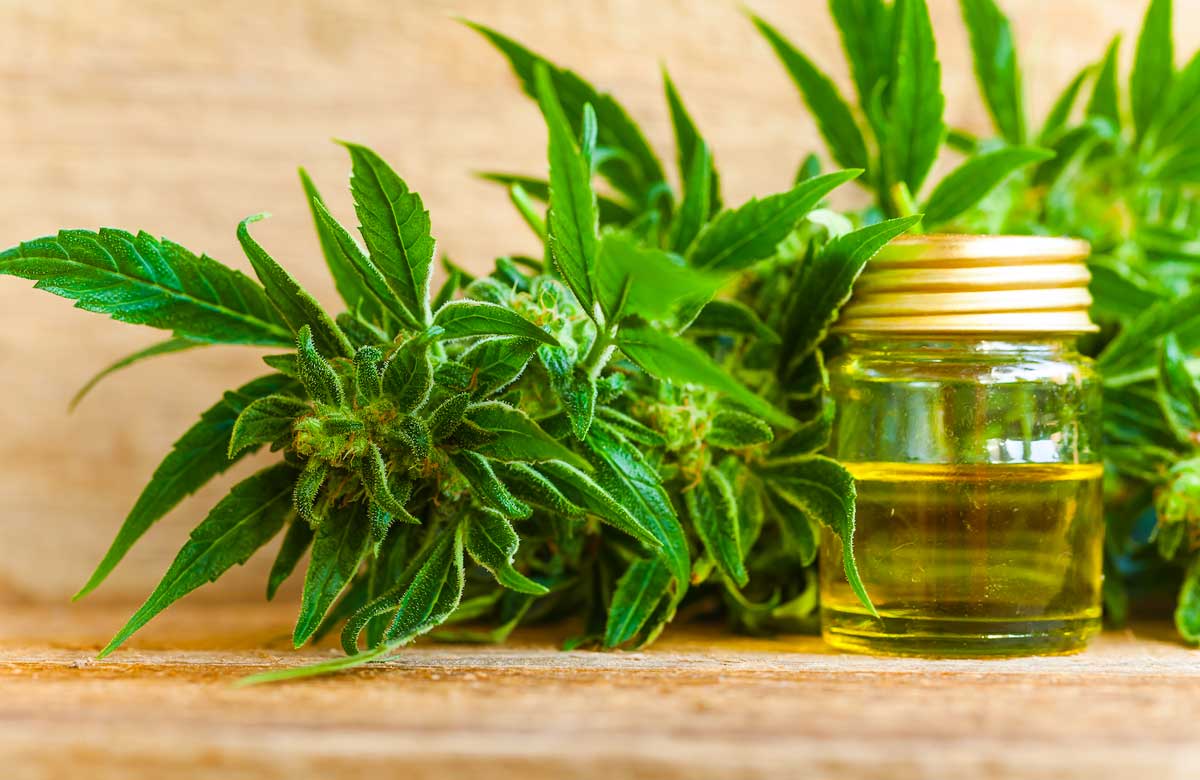
The Science Underlying the Physiological Effects of CBD Topicals
The world of CBD has witnessed a surge in popularity, and consumers are exploring a wide range of products to harness its potential health benefits. One such category of CBD products gaining attention is CBD topicals. These creams, lotions, balms, and salves infused with cannabidiol offer targeted relief for a variety of ailments, from sore muscles to skin conditions. But how do CBD topicals work, and what is the science behind their physiological effects?
Understanding CBD and the Endocannabinoid System
To comprehend the science behind CBD topicals, we first need to delve into the basics of CBD and the endocannabinoid system (ECS). CBD, short for cannabidiol, is one of over a hundred cannabinoids found in the cannabis plant. Unlike its well-known cousin, tetrahydrocannabinol (THC), CBD is non-psychoactive, meaning it doesn't induce a "high."
The ECS is a complex network of receptors, enzymes, and endocannabinoids naturally produced by our bodies. This system plays a crucial role in maintaining homeostasis, or balance, within the body. It regulates various physiological processes, including pain perception, smarting, immune response, mood, and more.
How CBD Interacts with the ECS
When CBD is applied topically, it interacts with the ECS through the skin's CB1 and CB2 receptors. These receptors are part of the larger ECS and are primarily found in the skin, muscles, and peripheral nerves.
CB1 Receptors: These receptors are primarily located in the brain and central nervous system. They play a role in regulating pain perception and mood. While CBD does not directly bind to CB1 receptors, it can indirectly influence their activity.
CB2 Receptors: CB2 receptors are found throughout the body, particularly in immune cells and peripheral tissues. They are involved in regulating smarting and immune responses. CBD has a more direct interaction with CB2 receptors, potentially modulating their activity to reduce smarting.
The Role of Transdermal Absorption
CBD topicals work primarily through transdermal absorption, which means the CBD molecules are absorbed through the skin and interact with the nearby receptors. Transdermal absorption is an effective method for localized relief because it allows CBD to target specific areas without affecting the entire body.
The skin is the body's largest organ, and it is equipped with a network of blood vessels and capillaries. When you apply a CBD topical to your skin, the CBD molecules penetrate the epidermis and dermis layers, eventually reaching the bloodstream. From there, they can interact with the ECS and exert their physiological effects.
Localized Relief for Pain and Smarting
One of the most significant benefits of CBD topicals is their ability to provide localized relief for pain and smarting. When applied to sore muscles, joints, or areas of discomfort, CBD can potentially reduce pain perception and alleviate smarting.
CBD's interaction with CB2 receptors is thought to play a crucial role in this process. By modulating the activity of these receptors, CBD may help reduce the release of inflammatory substances, leading to decreased smarting and associated pain.
Skin Health and Conditions
CBD topicals also show promise in promoting skin health and addressing various skin conditions. Research suggests that CBD's anti-inflammatory and antioxidant properties can be beneficial for conditions like acne, eczema, psoriasis, and even minor burns or irritations.
By interacting with the skin's ECS receptors, CBD may help regulate skin cell production and reduce smarting, leading to improvements in these skin conditions. Additionally, CBD's potential antibacterial properties can help maintain a healthy skin microbiome.
Final Thoughts: The Science of Targeted Relief
In conclusion, the science underlying the physiological effects of CBD topicals is rooted in the interaction between CBD and the endocannabinoid system. By applying CBD topicals directly to the skin, you can target specific areas for relief from pain, smarting, and various skin conditions.
CBD topicals offer a non-invasive and localized approach to harnessing the potential benefits of CBD. While more research is needed to fully understand the extent of their effects, many users have reported positive outcomes, making CBD topicals a popular choice for those seeking targeted relief and improved skin health. As the scientific community continues to explore the world of CBD, we can anticipate further insights into how CBD topicals work and their potential applications in promoting well-being.


